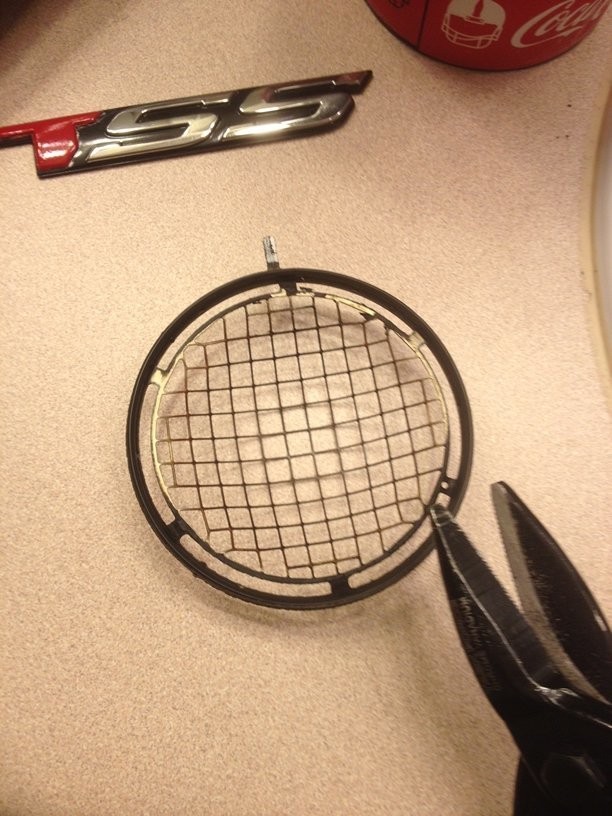Throttle Body Coolant Lines are designed to warm the throttle body, preventing sticking in cold weather. However, this can lead to warmer intake air, potentially impacting performance. This article explores the purpose of these lines, the effects of bypassing them, and considerations for modification.
Bypassing the throttle body coolant lines can allow cooler air into the intake manifold, potentially increasing engine power. This is because cooler air is denser, allowing for a more efficient combustion process. Toyota’s original design prioritized reliable cold-start functionality over maximizing performance. The heated coolant flowing through the throttle body ensures smooth operation even in freezing temperatures, preventing the throttle plate from sticking.
However, in warmer climates or after the engine has reached operating temperature, these coolant lines can introduce unwanted heat into the intake air. Think of a hairdryer: it can heat cool air rapidly by passing it over a heated element. Similarly, hot coolant circulating through the throttle body can raise the temperature of the incoming air.
Bypassing these lines involves rerouting the coolant hoses to bypass the throttle body. This is a relatively simple process that can be reversed if needed. For those living in colder climates, it might be beneficial to retain the stock configuration during winter months to ensure reliable cold starts. Then, during warmer months, the bypass can be implemented. The process is quick and allows for seasonal adjustments.
Modifying the throttle body screen can further enhance airflow. The screen, while acting as a partial gasket, can restrict incoming air. Carefully removing and modifying the screen, ensuring the outer ring and alignment tab remain intact, can reduce this restriction. Using metal snips to cut out the screen and a Dremel tool to smooth the remaining edges is recommended.
For more advanced modifications, consider porting and polishing the throttle body’s interior surfaces. This involves removing material from raised areas and smoothing out imperfections to improve airflow. This process, though more involved, can further optimize performance. Before polishing, ensure all surfaces are smooth and free of sharp edges. This image shows the throttle body after the initial thinning process, highlighting the areas that were smoothed. The goal is to achieve a seamless transition for the incoming air.
In conclusion, modifying the throttle body coolant lines and screen can offer potential performance benefits. However, consider your climate and driving conditions before making these changes. Bypassing the coolant lines can improve intake air temperature, while modifying the screen and porting/polishing can further enhance airflow. Always exercise caution and ensure proper reassembly to maintain vehicle reliability.


